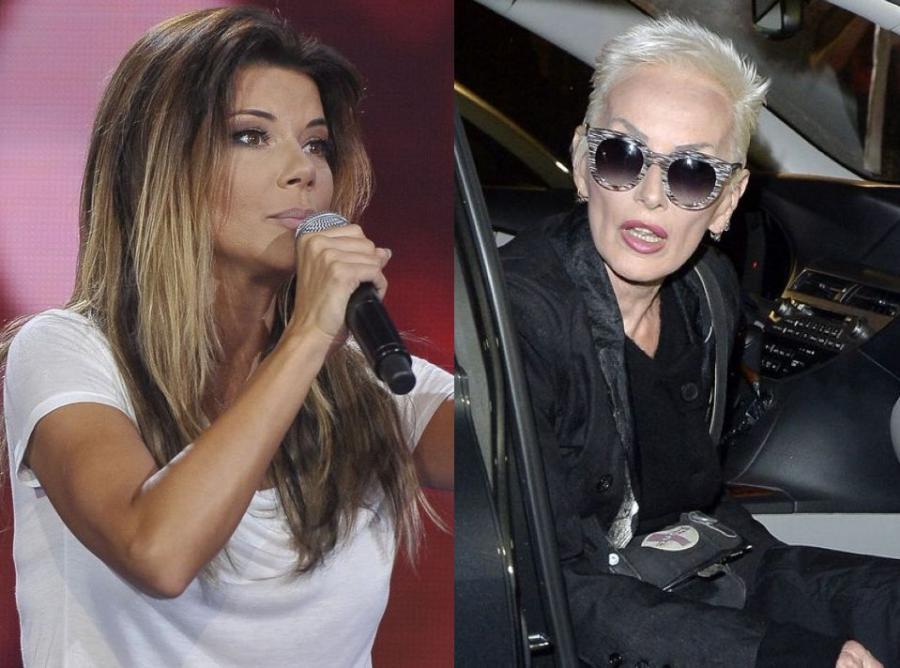Communication
Communication is a process of communication. Although communication can take many different forms, it always consists of several unchanging elements:
Sender – Sender, to ten, who broadcasts the message. The role of the broadcaster is extremely important. Most often it is the sender who decides about it, what form, dimension, and most of all, the content accepts the message. It is the sender who shapes the way of speaking, np.: about the situation. You should also keep this in mind, that the message reflects the sender's way of thinking and seeing the world.
Recipient – The primary task of the recipient is to listen. For effective communication, it is important to, to be active listening. Thanks to this, the recipient not only hears, but also listens carefully and analyzes the sender's speech.
The message – This is the content provided by the broadcaster. Each message has its own specific structure. It consists of factors such as: encoding and decoding, organization of speech, and its form. The arrangement of the factors mentioned makes, że komunikaty są bardzo różnorodne
Communication can be divided into several types depending on the form of messages, ways of broadcasting them, and broadcast channel.
Verbal and non-verbal communication.
Komunikacja werbalna jest najbardziej podstawową formą komunikacji międzyludzkiej. And it must be added here, that only peculiar to humans. Thanks to the words, the sender has a very wide repertoire of content to convey. It can really convey anything, what's in his mind. They can often be abstract content. Most often it is accompanied by non-verbal communication. Non-verbal communication is based on gestures, mimic, body movements, or intonation. Sometimes it happens, that the same words spoken with a different expression, or with a different sound of the voice they have a completely different meaning.
Direct and indirect communication
In direct communication, the sender and receiver have physical contact with each other, are in one space. So most often it is verbal communication. In the case of indirect communication, the medium is an additional element of communication. It could be a computer, telephone, or TV. The sender sometimes has to take into account the possibility, that his message will be received with a long delay, or it won't be picked up at all. Because the device in question may not be turned on at the time of broadcasting the message, and thus the recipient is not available
Written and oral communication
Written communication, as the name suggests, is recorded in writing, np.: as a press article, novel, list, memo and many, many other. Written communications are often more thoughtful, than verbal messages. The sender has time, to reflect on the use of words, that best reflect his thoughts. . He can carefully analyze the content of his words and correct them, until they reach the recipient
Oral communication is used primarily in everyday situations. The sender can report something this way, talk about your feelings,. He also expresses requests in this way, or even orders. Oral communication is much more spontaneous and can be less thoughtful, than written communication.







